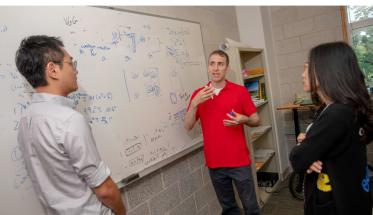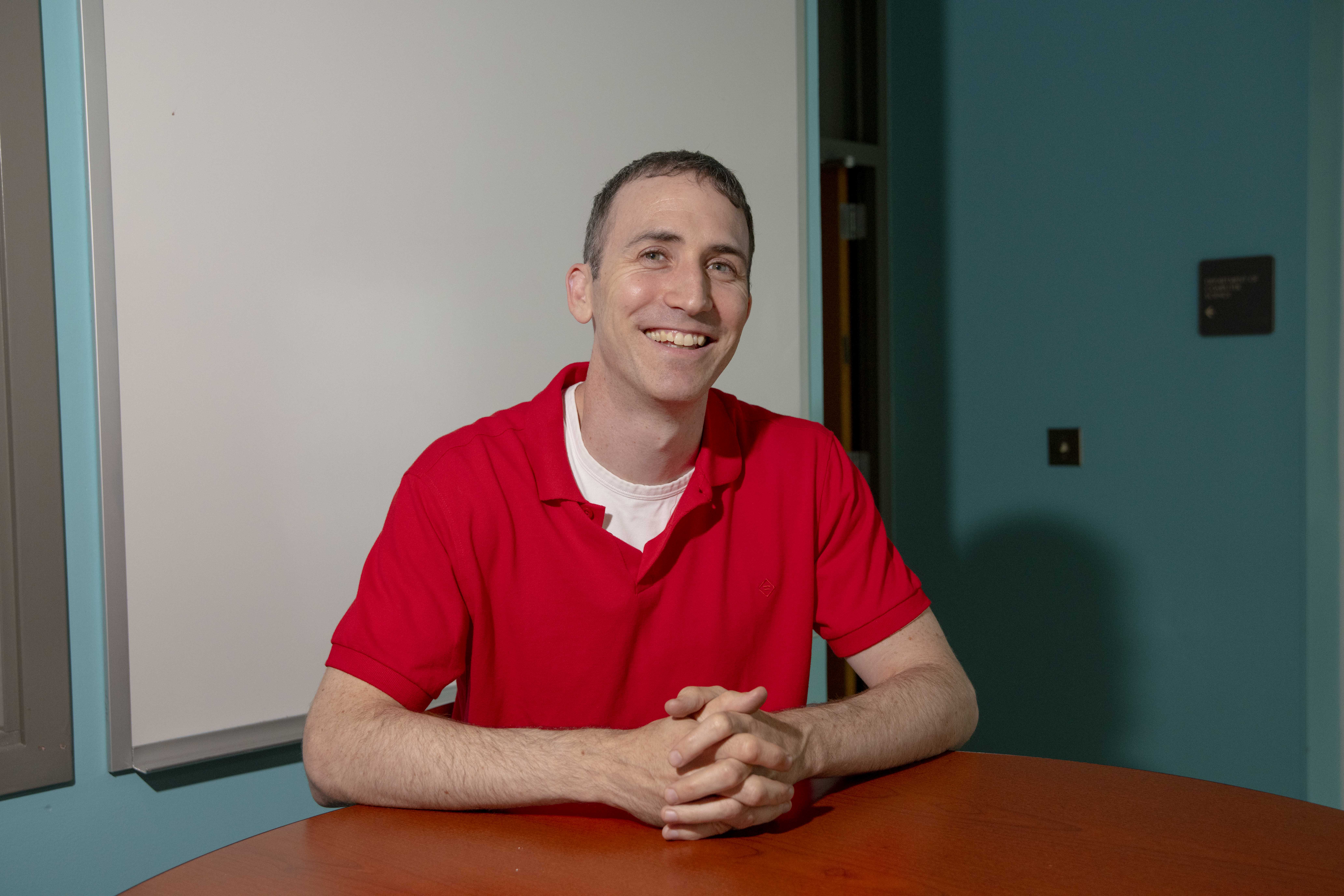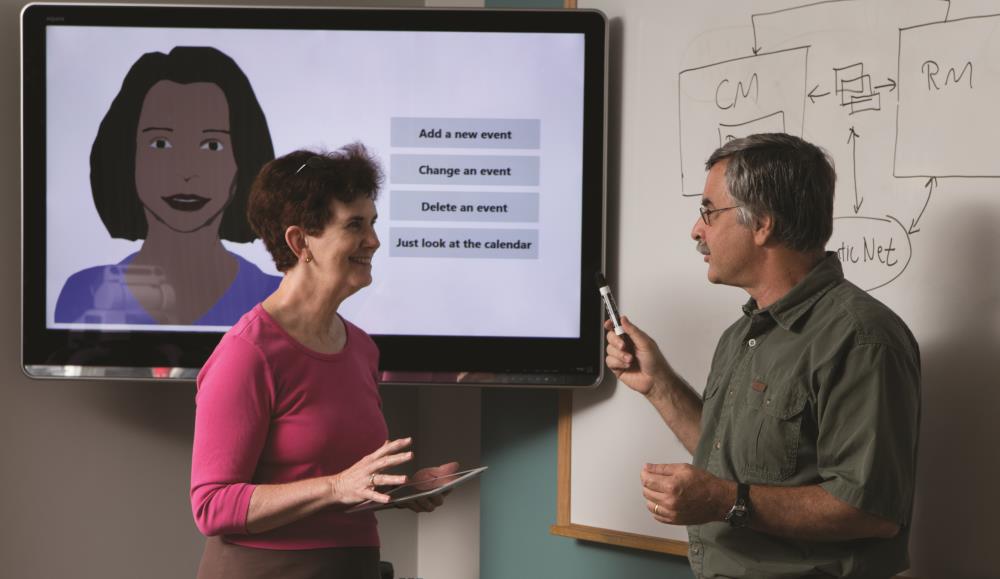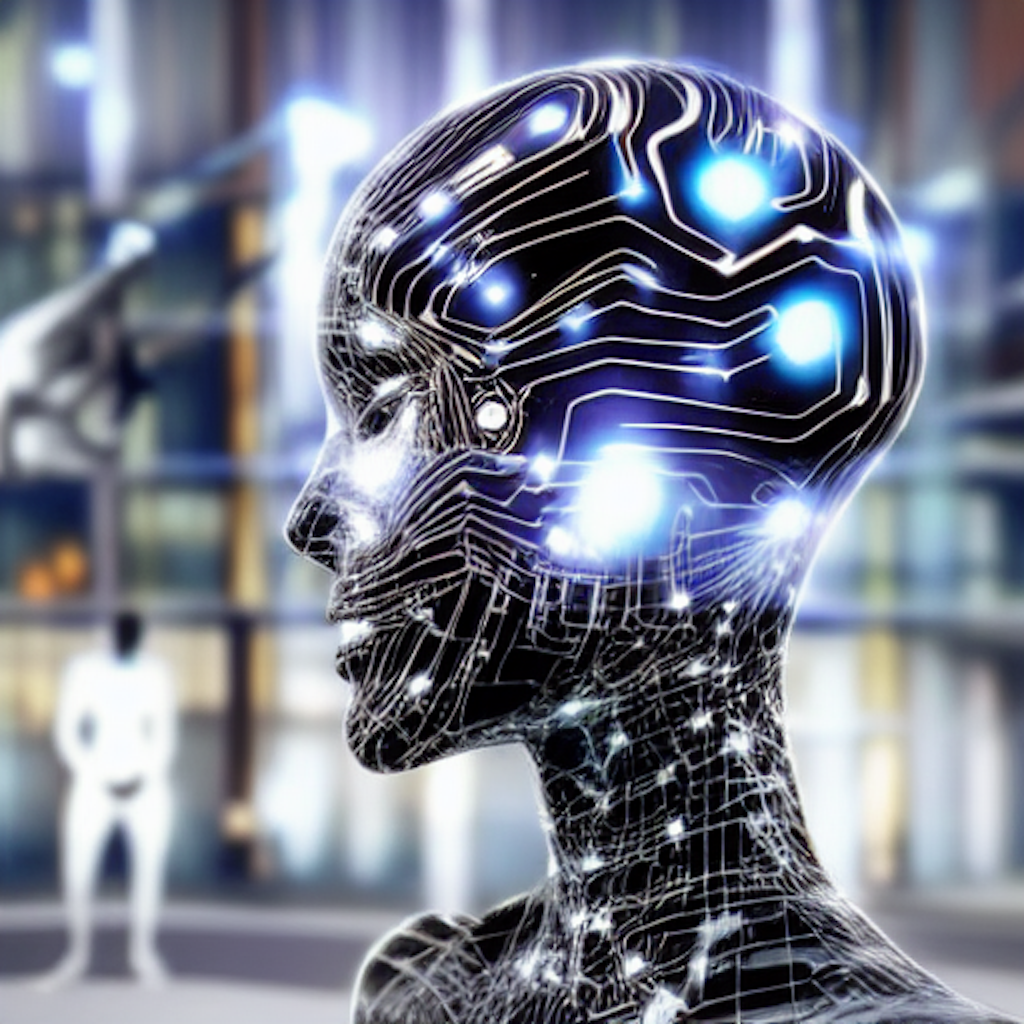WPI assistant professor of computer science Jacob Whitehill is collaborating with colleagues at the University of Colorado Boulder to explore how artificially intelligent (AI) teaching agents might help encourage more meaningful collaboration among students in school classrooms.
As part of a five-year, $20 million grant awarded by the National Science Foundation to CU Boulder, Whitehilll and colleagues at nine other institutions will study how to build AI agents that interact with students in small-group collaborative problem-solving settings and thereby foster more enriching learning experiences for students.
“There is so much evidence that students learn best when they learn actively and collaborate with each other in real time,” says Whitehill, who specializes in AI and machine learning. “But that’s not always easy for teachers to achieve, whether the collaboration is happening in a physical classroom or during remote learning.”
Under the grant, of which WPI will receive almost $612,000, Whitehill and his colleagues will work with two public school districts in Colorado, building and testing different forms of “AI Partners” in the classroom—ranging from a simple iPad with a camera and microphone, to animated interactive avatars that perceive and understand students’ language, gestures, facial expressions. The role of the AI Partner will vary depending on the situation: In some settings, the Partner might play the role of another “student” who is learning the curriculum alongside the human students. In other settings, the Partner might be a coach who keeps the students on-topic and makes sure everyone is contributing meaningfully to the conversation.
“The AI Partner might, for example, ask a particular student to share their ideas, particularly if they had been quiet for most of the time,” Whitehill says.
The role of Whitehill’s team will be to use multi-modal machine learning to develop social signal processing algorithms to determine who is talking when, and to estimate the emotion of each person.



